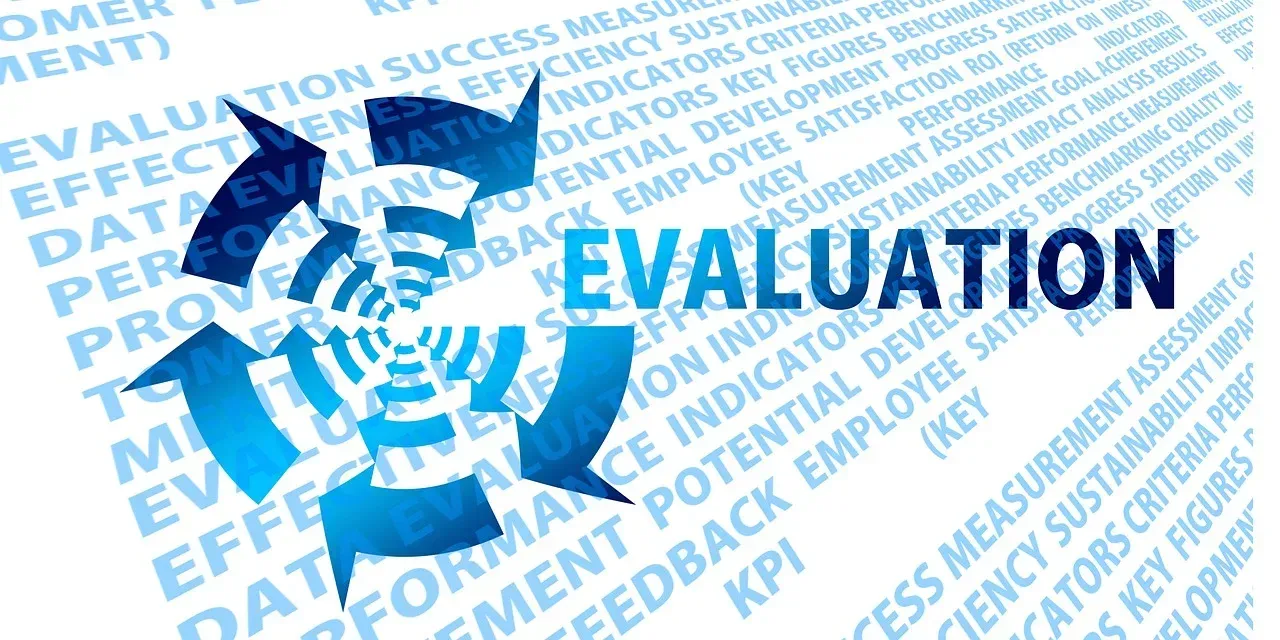Navigating Healthcare Challenges: Payer Compliance, The No Surprise Act, and Remote Workforce Dynamics

The healthcare industry is undergoing a transformational phase, marked by evolving regulations, patient-centered reforms, and the widespread adoption of remote work. In this blog, we'll delve into the intricacies of payer compliance, the implications of The No Surprise Act, and the challenges posed by remote workforce dynamics. From the benefits to the drawbacks, let's explore how these elements shape the healthcare landscape.
Payer Compliance: The Balancing Act
The Good:
- Streamlined Processes: Payer compliance standards encourage healthcare organizations to streamline their administrative processes, leading to more efficient billing and reimbursement cycles.
- Enhanced Patient Care: Compliance ensures accurate documentation and coding, contributing to improved patient care through precise medical records.
- Data Security: Adhering to compliance guidelines necessitates robust data security measures, safeguarding sensitive patient information from breaches.
The Bad:
- Complexity: Navigating diverse compliance standards from various payers can be complex, requiring significant administrative effort and potentially leading to errors.
- Administrative Burden: The rigorous requirements can divert healthcare staff's attention away from patient care and towards paperwork and regulations.
- Financial Strain: Achieving and maintaining compliance may involve substantial investments in training, technology, and resources.
The No Surprise Act: Unveiling Transparency
The Good:
- Informed Decision-Making: The No Surprise Act empowers patients by providing cost estimates upfront, enabling them to make informed decisions about their healthcare.
- Reduced Financial Stress: Patients are shielded from unexpected medical bills, reducing financial stress and improving overall patient satisfaction.
- Competitive Landscape: The requirement for price transparency fosters healthy competition among healthcare providers, potentially leading to more affordable services.
The Bad:
- Implementation Hurdles: Integrating the act's provisions into existing workflows and systems can be complex and require significant adjustments.
- Data Accuracy: Providing accurate cost estimates can be challenging due to variations in procedures and insurance plans, potentially leading to patient dissatisfaction.
- Operational Changes: Compliance with the act may demand changes in billing procedures and staff training, temporarily affecting daily operations.
Remote Workforce Challenges: Striking a Balance
The Good:
- Flexibility: Remote work offers healthcare professionals flexibility in managing their schedules, which can lead to improved work-life balance.
- Talent Access: Organizations can tap into a broader talent pool by hiring remote workers, potentially acquiring specialized skills.
- Cost Savings: Reduced need for physical office space can result in cost savings for healthcare organizations.
The Bad:
- Communication Issues: Remote work can lead to challenges in real-time communication and collaboration among healthcare teams, potentially impacting patient care coordination.
- Data Security Concerns: Ensuring patient data privacy and security becomes more intricate when employees work remotely, raising potential risks.
- Supervision Challenges: Remote work can make it harder for managers to oversee employees and ensure adherence to protocols.
Conclusion
The healthcare industry is at a crossroads of change, and the challenges posed by payer compliance, The No Surprise Act, and remote workforce dynamics are pivotal in shaping its future. While each element brings its share of benefits and drawbacks, healthcare organizations must find ways to navigate these complexities effectively. Through strategic planning, technological innovation, and a patient-centric approach, the industry can transform challenges into opportunities, ultimately delivering better care to patients while maintaining compliance and efficiency.
You might also like




